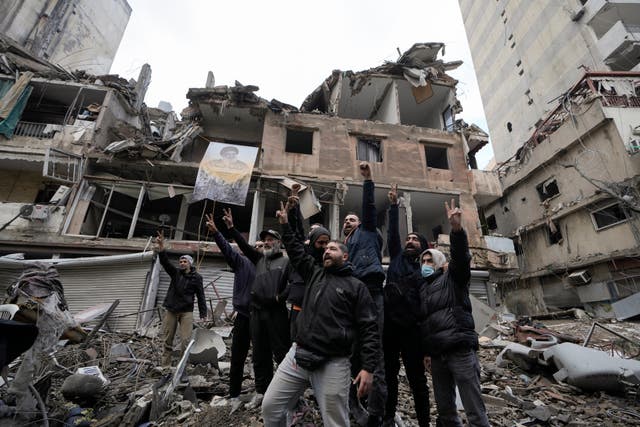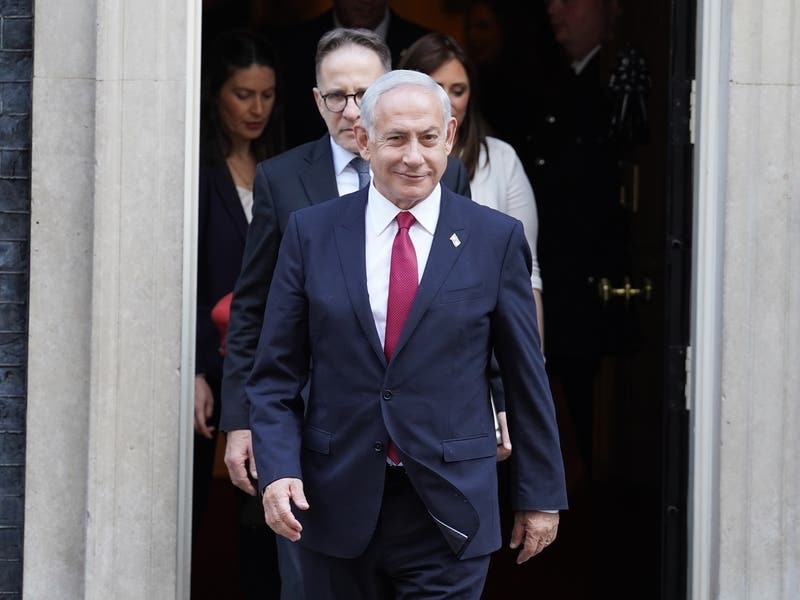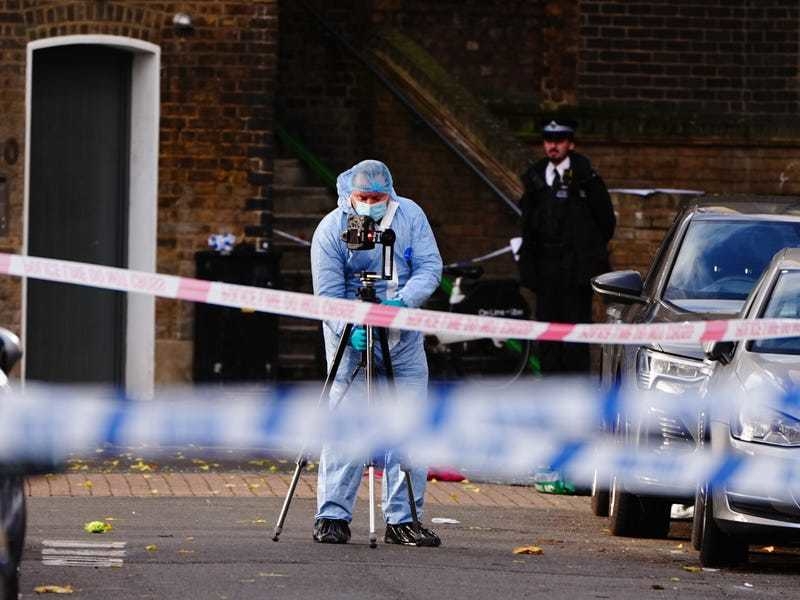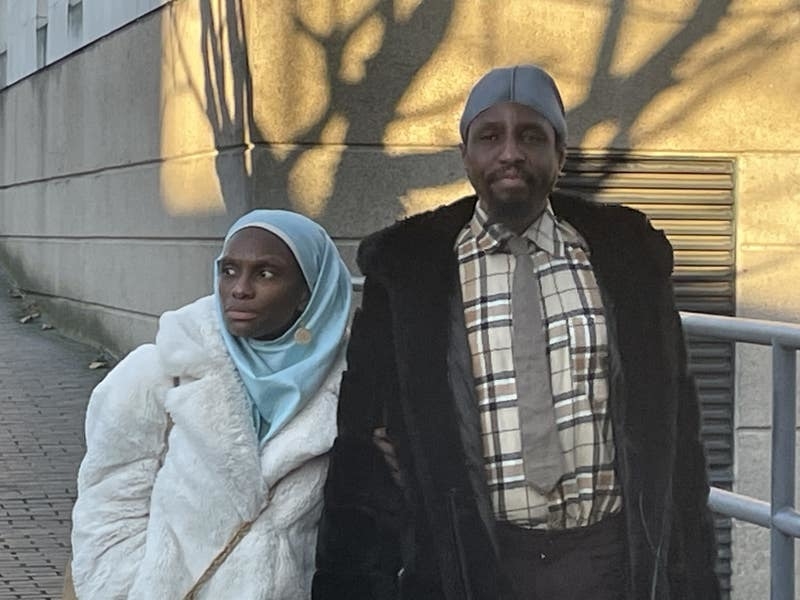A ceasefire between Israel and the Lebanese militant group Hezbollah appears to be holding.
Residents in cars heaped with belongings are streaming back towards southern Lebanon, despite warnings from the Israeli and Lebanese militaries that they should stay away from certain areas.
It could offer a reprieve to the 1.2 million Lebanese displaced by the fighting and the tens of thousands of Israelis who fled their homes along the border with Lebanon.
The US- and France-brokered deal, approved by Israel late on Tuesday, calls for an initial two-month halt to fighting and requires Hezbollah to end its armed presence in southern Lebanon, while Israeli troops are to return to their side of the border.
Today, I have good news to report from the Middle East.
I have spoken to the Prime Ministers of Lebanon and Israel. And I am pleased to announce:
They have accepted the United States’ proposal to end the devastating conflict between Israel and Hezbollah.
— President Biden (@POTUS) November 26, 2024
Thousands of additional Lebanese troops and UN peacekeepers would deploy in the south, and an international panel headed by the United States would monitor compliance.
Israel says it reserves the right to strike Hezbollah should it violate the terms of the deal. Israeli forces are still fighting Hamas militants in Gaza in response to the group’s cross-border raid into southern Israel in October 2023.
However, US President Joe Biden said his administration would make another push in the coming days to try to renew efforts for a deal in the war-ravaged Palestinian enclave.

The Health Ministry does not distinguish between civilians and combatants in its count but says more than half of the dead are women and children.
The Israeli military said it struck dozens of Hamas sites in hard-hit northern Gaza, including weapons storage facilities and military structures.
It said it had warned civilians to evacuate the area beforehand. For weeks, the military has battled a resurgence of Hamas in the area, which was an early target of Israel’s offensive.
The Israel-Hezbollah ceasefire has no direct bearing on the conflict in Gaza, where international mediators have struggled to secure a truce.






